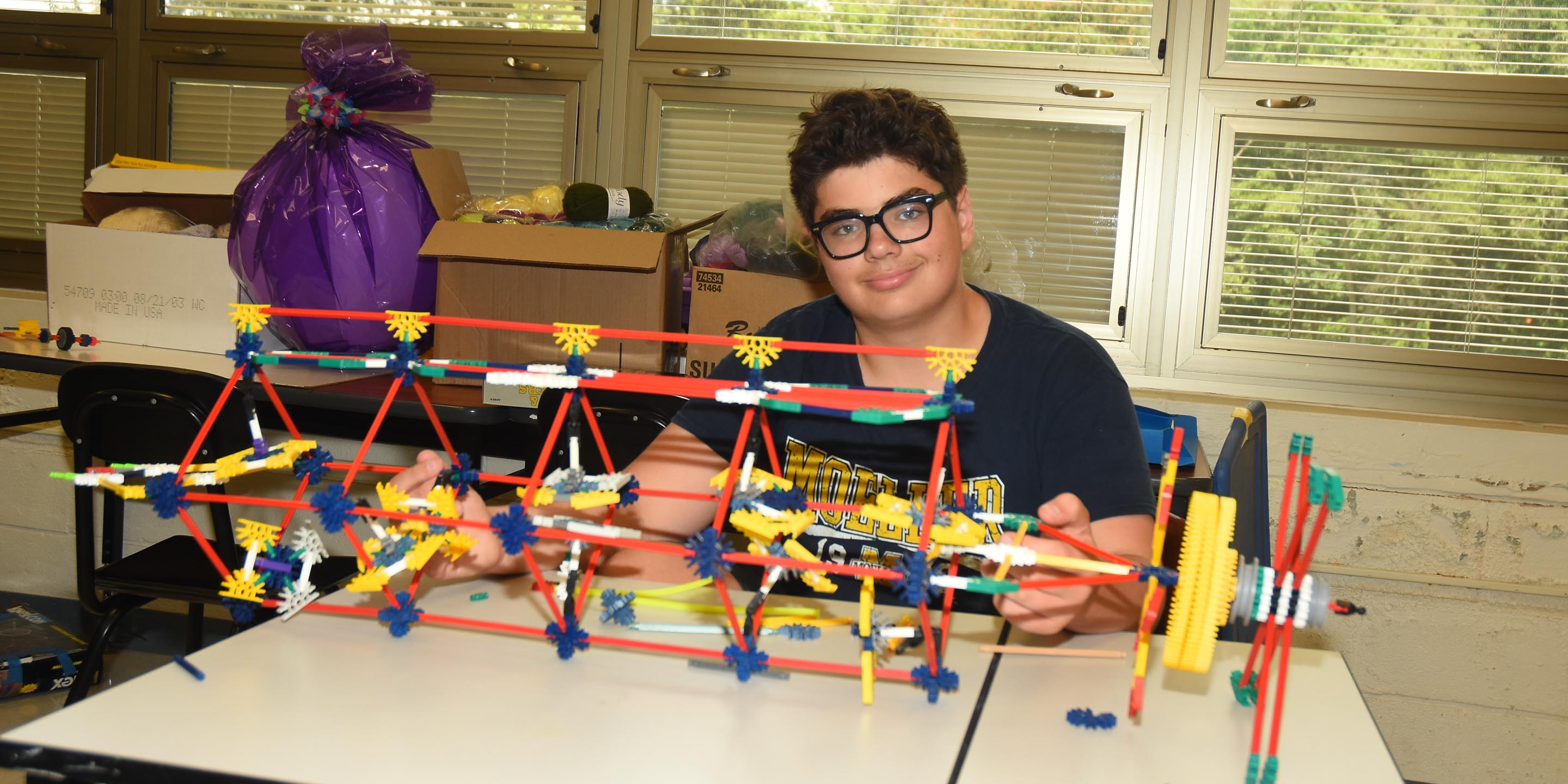

As the school year winds down to a close, teachers, parents, and students alike can all start to feel the pull of spring and the many changes that come with it. While the school year ending may be a relaxing and enjoyable time for many, some ADHD students are known to struggle with this transition. Field trips, end-of-year special events, mandatory standardized tests, and increased extra-curricular activities can all impact an individual’s focus and attention.
Difficulty with transitions manifests itself in several ways, including resistance, avoidance, distraction, negotiations, or a full-blown meltdown. If your child is struggling with an end-of-year transition, here are some proven strategies to set your child up for success in the last weeks of school:
1) Establish rules for non-routine events, discuss these with your child, and empower them
This might mean alternative activities or a simple acknowledgment that there will be a change and putting it on a family calendar. Another option is having a printed reminder in a lunch note or on a bathroom mirror so that schedule deviations aren’t a surprise.
ex. “You know that there is the STEM field trip next Tuesday that goes until 5 pm and that means that you won’t be able to meet with your social skills group after school – what are some ways that we could work around that?”
2) Teach perspective taking
Understanding how someone else sees the world allows us to work together and communicate. Perspective taking involves several distinct skills, including determining how someone else feels, inhibitory control, and cognitive flexibility . If there is a high stakes assessment, that can be a difficult cognitive leap for ADHD kids.
Make sure you provide pre-emptive validation on their personal worth. Providing adequate time, space, and support for review of the material is great, but be sure to emphasize that your child’s value is much more than one assessment (whether the outcome is positive or negative). Opening lines of communication about the importance and the limitations of one assessment can help to relieve anxiety.
ex. “Will this event matter in one week, one month, one year or one decade?” This perspective taking is key to prevent a child from tying their personal worth into a one-off performance (be it a test or a social situation).
3) Create coping strategies and provide boundaries
The uncertainty of a less-stable routine can increase the anxiety and stress levels about the school year ending. Spending hours in front of a screen or a tablet isn’t a great coping device, as excessive screen time can disrupt the production of melatonin, a sleep-regulator. Physical activity outdoors in a natural setting can reduce stress and restore attention. Create coping strategies and boundaries that help your child stay focused and energized throughout the day.
ex. Use a prize wheel of decision-making. These prize wheels are customizable and can be found in a variety of online marketplaces such as Amazon. Each decision is allocated a space (again a collaborative conversation to provide meaningful input) on what would be included. Examples might include bike riding, gaming, family game night, charades, building time (Lego, K’nex, Keva Planks), meditation or dedicated time 1:1 with a pet doing a fun activity (brushing fluffy for example).
4) Have a plan
Having structure is great for soothing an anxious mind. Knowing when the family is renting an RV and visiting the Grand Canyon, or spending time with the cousins at the lake, or going off to a camp program designed for the developmental strengths for our kids will help contextualize the time. Giving context and a plan for the future provides something for the ADHD mind to look forward to that is concrete and fun as the school year winds down.
